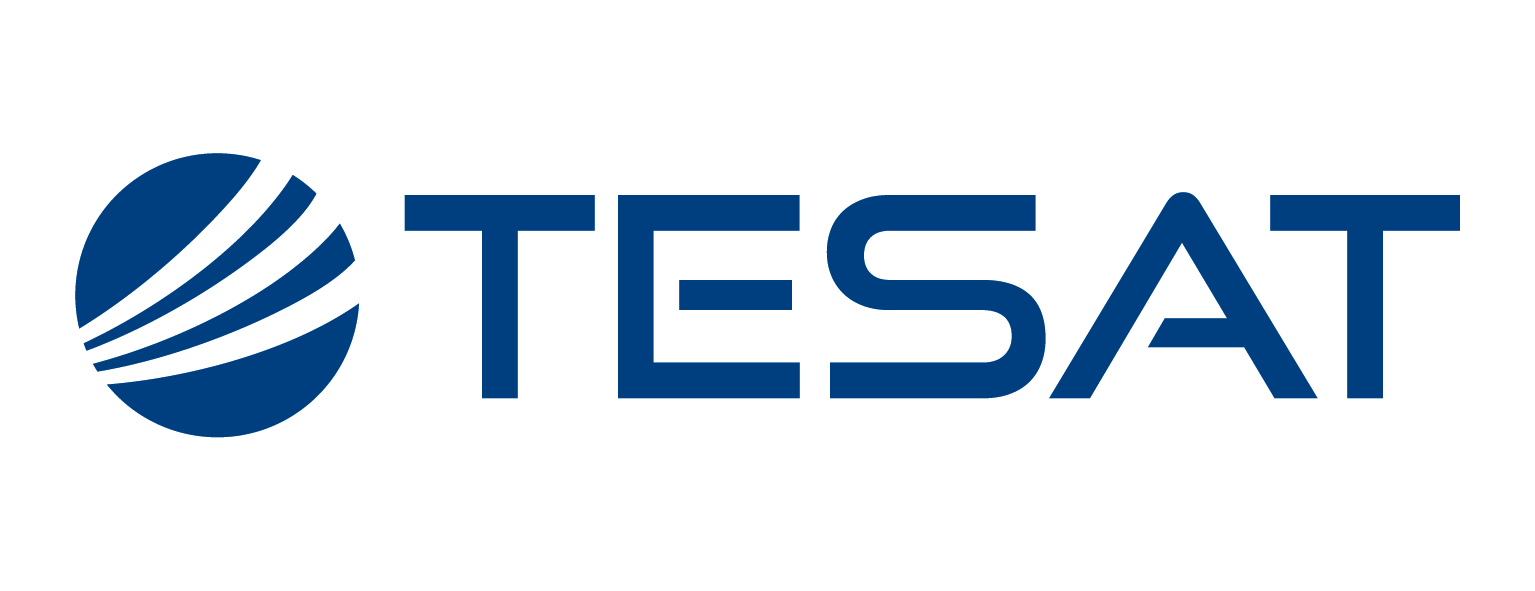
-
StatusCompleted
-
Status date2023-07-10
-
Activity CodeSL.014
Optimize the pointing and acquisition of the optical inter-satellite link in such a way that the ISL for ranging and data can be completed within a time frame of < 40 seconds. Maximize ranging accuracy and time and frequency transfer performance of the inter-satellite link.
-
Control of camera via CCU
-
Reconfig of camera during acquisition algorithm (alternating fast and slow readout-rate)
In the field of inter-satellite links, optical communication technology is becoming more and more important. The significant advantages in terms of bandwidth, confidentiality and time transfer result in many use cases as for example LEO and MEO broadband constellations or in satellite radio navigation systems.
Especially for the GNSS there is a major use case for inter-satellite links:
-
Improvement of the satellite orbit determination and time synchronization.
-
provision of inter-satellite communication capabilities for agile constellation
The proposed system architecture bases on Tesat's SMART LCT for the optical terminal, using the space proven Tesat technology operational in the EDRS system, and DLR's technology from the ADVANTAGE project. Specifically, for fast switching, two main modifications are implemented: > factor 4 coarse pointer speed and heritage cascaded four-quadrant diodes for acquisition and tracking has been replaced by a pixel detector.
The project contains the following work packages:
-
CPA design adaptation and demonstration: capability for fast re-pointing (GA Synopta WP)
-
PAT design adaptation and demonstration: capability for fast acquisition (Tesat WP)
-
Ranging and time/frequency transfer demonstration (KN WP)
-
Delta LCT architecture and trade spaces to address the key system requirements (Tesat WP)
-
ground to space assessment (GA Synopta WP)
-
roadmap towards flight model (Tesat WP)
Project has been completed.
GA Synopta: Demonstration development based on the re-engineering / adaptation of already existing optical ISL equipment.
TESAT: Demonstrated in a laboratory test campaign the capability to fulfill the time slot requirement (currently 36s), focusing on the repointing and spatial acquisition.
DLR-KN: Demonstrated with a communication and ranging unit the capability to fulfill the ranging and time and frequency transfer performance requirements. All results, where applicable and possible, were obtained under the realistic conditions in terms of optical power and Doppler offset and rates.





